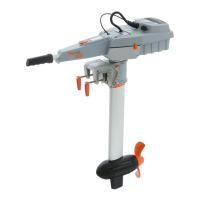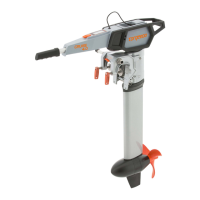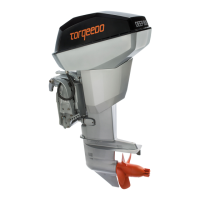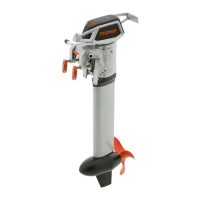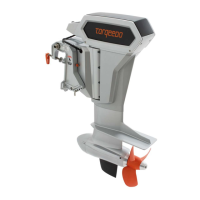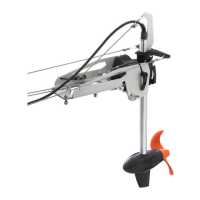17
• Please store batteries in their original packaging. When batteries are
removed from their packaging and kept next to each other, they may short-circuit or
suffer damage.
• Avoid wearing metallic jewellery at all costs when working on or
near batteries. Do not place metal tools on the batteries as this can result in short-
circuiting. Please use insulated tools.
• Batteries must be charged prior to use.
• Always use the prescribed charger and follow the instructions
and information in the operating manual regarding correct
charging.
• Do not charge batteries over a prolonged period when
they are not required.
5.4.2 General information on batteries
Operating/storage temperature
-20°C to +60°C (-4°F to 140°F)
Ideal storage (for storing >3
months)
Storage temperature 5-15°C (40-60°F); Charging level
~50% for storage for 6 months Charging level 100%
for storage for 1 year
Self-discharge rate during optimal
storage
3,6% per month, 43% per year
Max. charging time (mains)
Battery charging temperature
0°C to +45°C (32°F to 113°F)
The batteries in models 503, 1003 and 1003C have different capacities. All motors can be operated
however with all batteries but maximum power is limited to 500 W für all motors in case a 320 Wh
battery is used.
The lithium-ion battery is not sensitive to cycles (one cycle = discharge and recharge). The cells lose
around 20% of their capacity after using 500 times the battery capacity (i.e. after 500 discharges at 100%
depth of discharge or 1,000 discharges at 50% depth of discharge, etc.). This lifespan indication refers to
standard conditions (especially with temperatures of around 20°C / 68°F).
The battery does not have a memory effect.
It is more important for the lifespan of your battery that it is not exposed to excessive heat on an ongoing
basis. If it is to be stored for a longer period of time the storage area should be cool.
Using the motor in a hot climate or at high daytime temperatures is not critical. After use you should take
the motor out of the sun if possible.
The battery electronics also allow the battery to be charged when in use (charging and discharging at the
same time). In this case, the input power displayed in the tiller represents only the net power taken from
the battery. If the charging power is higher than the power consumed by the motor the display indicates
a power consumption of zero watts.
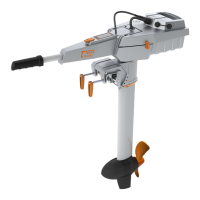
